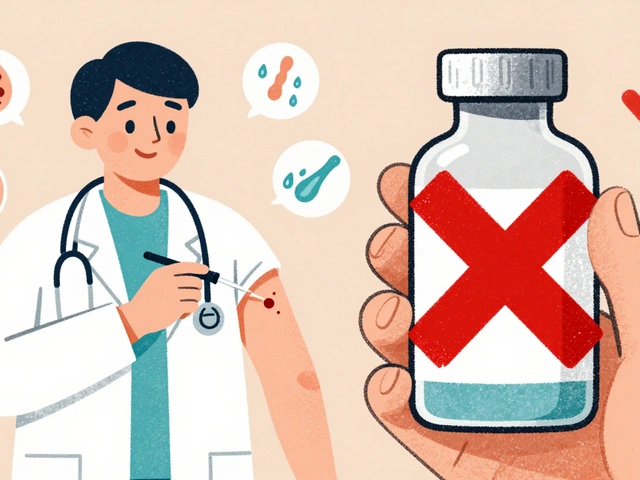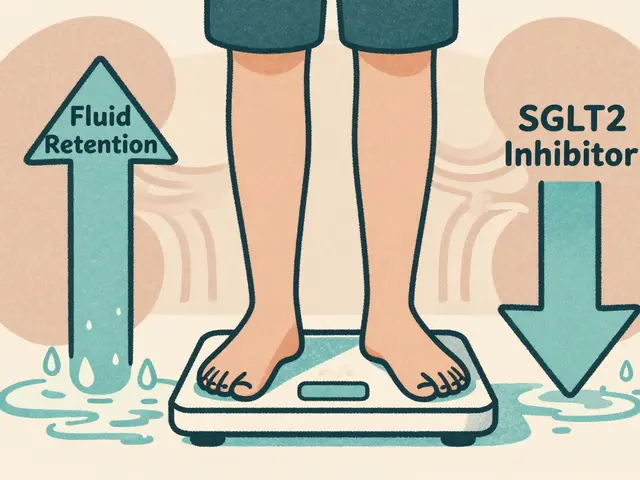ARBs: What They Do, Common Drugs, Side Effects & Practical Tips
ARBs are a group of blood pressure medicines that work by blocking the angiotensin II receptor. That prevents blood vessels from tightening so blood pressure falls. They’re used for high blood pressure, heart failure, and protecting the kidneys in people with diabetes.
Common ARBs you might see are losartan, valsartan, candesartan, olmesartan, and irbesartan. Some come as single pills, some combined with a diuretic like hydrochlorothiazide. Doses vary: many are once daily, but losartan is sometimes twice daily.
You’ve probably heard of ACE inhibitors like lisinopril. ARBs act later in the same pathway and usually don’t cause the dry cough ACE inhibitors can. That makes ARBs a good alternative if you developed a cough on an ACE inhibitor.
Side effects are usually mild: dizziness, headache, or tiredness when blood pressure drops. More serious issues include high potassium and changes in kidney function. Because of that, doctors check blood tests—creatinine and potassium—about 1 to 2 weeks after starting or after a dose increase.
Avoid ARBs in pregnancy — they can harm the fetus. Also be careful with NSAIDs; these painkillers can reduce blood flow to the kidneys and raise the risk of kidney problems when used with ARBs. Watch out for potassium supplements and salt substitutes that contain potassium.
Practical tips: take your ARB at the same time every day, don’t stop suddenly, and keep a home blood pressure log. If you feel lightheaded, sit or lie down and measure your pressure. Bring your meds list to every appointment so your doctor can check for interactions.
Beyond blood pressure, ARBs help in heart failure by reducing strain on the heart and can slow kidney damage in diabetics with protein in the urine. Some patients with left ventricular dysfunction benefit even if their blood pressure is normal.
Switching between ARBs is often straightforward but needs doctor oversight. Many ARBs are now generic and affordable; if cost is an issue, ask your pharmacist about generic options or manufacturer coupons.
If you’ve been told to start an ARB or want to switch from an ACE inhibitor, ask your clinician about blood test timing and what to expect. Knowing why the drug is prescribed and what to monitor makes treatment safer and easier.
Monitoring is simple: get a baseline creatinine and potassium before you start, then repeat them in one to two weeks. After that, tests are usually every few months or as your doctor recommends. If creatinine rises more than 30% or potassium climbs above 5.5 mmol/L, call your clinician — you may need a dose change or stop the drug. Also, report swelling, sudden weight gain, fainting, or other worrying signs. Keep an up-to-date list of all prescriptions, over-the-counter meds, and supplements to prevent interactions.
If you need cheaper options, many pharmacies stock generic ARBs. Some clinics offer medication reviews or nurse visits to help adjust doses. Always ask for written instructions after any change and keep your blood pressure log handy regularly.










